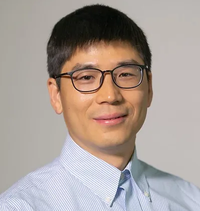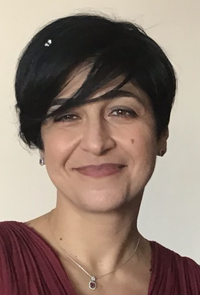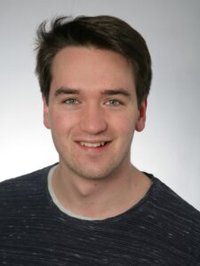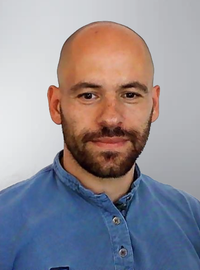Björn List, PhD candidate, Technical University of Munich.
Learning PDE Simulators for Applica7ons in Turbulence Modeling
Björn List, Li-Wei Chen, and Nils Thuerey
School of Computation, Information and Technology, Technical University of Munich, D-85748 Garching, Germany bjoern.list@tum.de, https://www.ge.in.tum.de/
We depend on mathematical models, particularly partial differential equations (PDEs), to grasp the dynamics of physical systems. Predicting their behavior entails the challenging and resource-intensive process of solving these PDEs. In the context of fluid mechanics, the high computational costs of simulating these chaotic dynamics have prompted the exploration of turbulence modeling. As an alternative to classical approaches, the integration of machine learning techniques offers a novel perspective for deriving efficient solvers. This talk aims to delve into the training strategies employed in machine learning augmented simulators. Special emphasis is placed on unsteady fluid scenarios, where inferring long trajectories renders challenges with respect to the long-term accuracy and stability of the learned solver component. To this end, two training modalities are explored: loss functions tailored to turbulence modeling and trajectory unrolling. To study the effects of trajectory unrolling, we include the less widely used variant of unrolling without temporal gradients in addition to the commonly used one-step setups and fully differentiable unrolling. Our results demonstrate how unrolling optimization trajectories at training time is essential to obtaining accurate models. Comparing networks trained based on differentiable and non-differentiable unrolling, as well as one- step approaches enables us to explore the effects of unrolling on data shift and long-term gradients. These insights are complemented with a study on loss functions to yield long-term stable turbulence models for a variety of two-dimensional flow scenarios.




